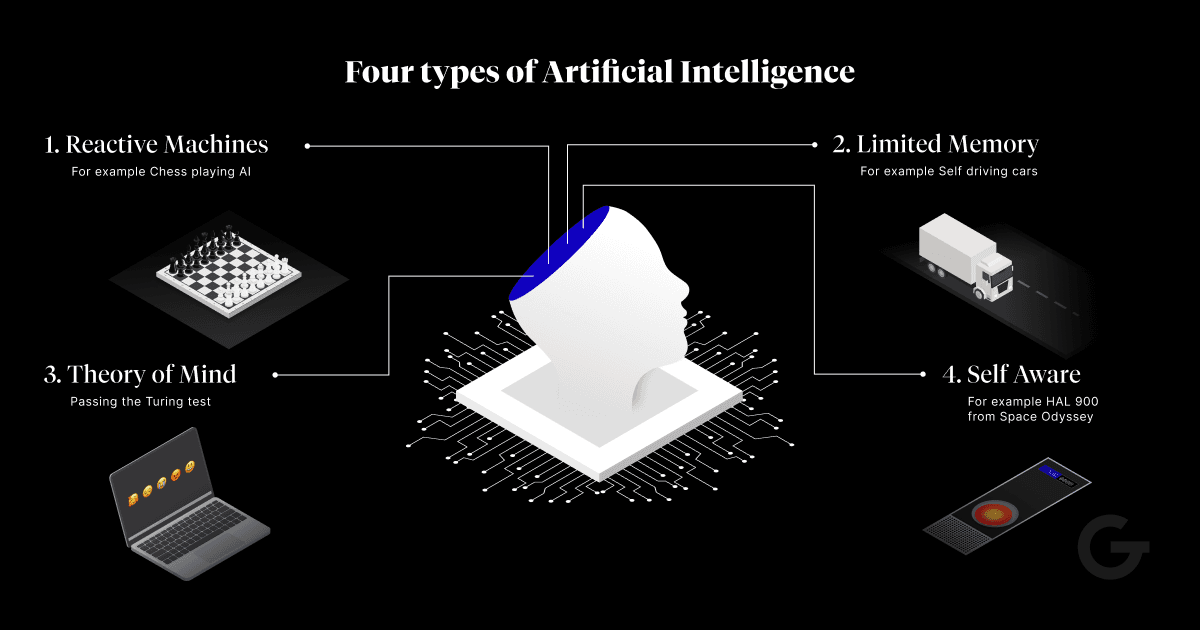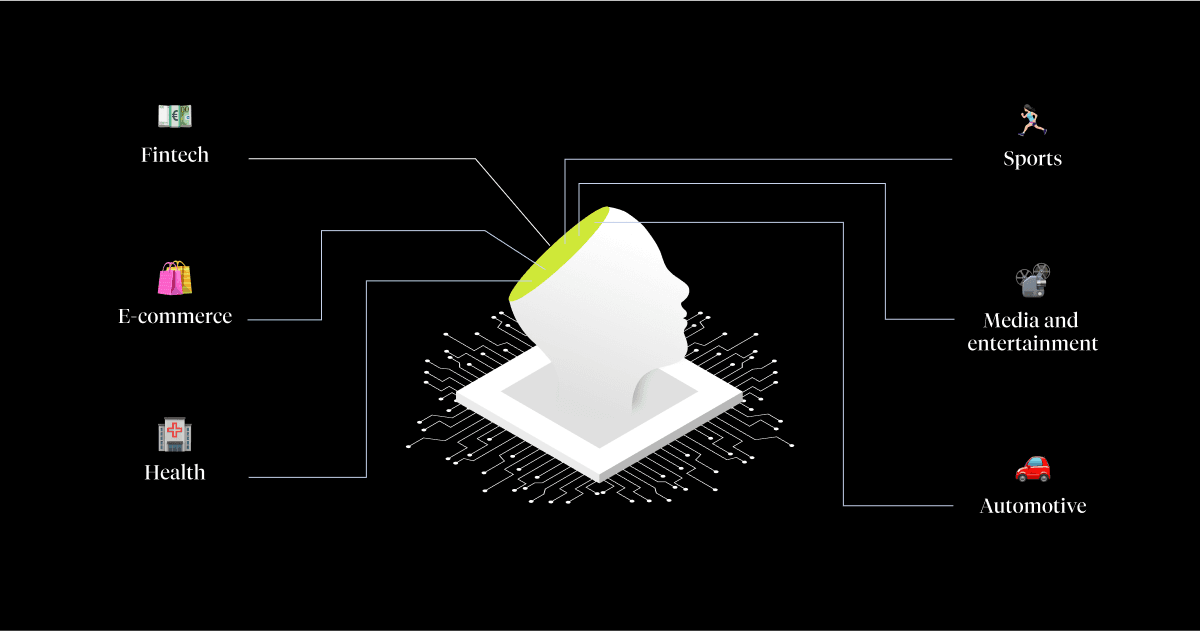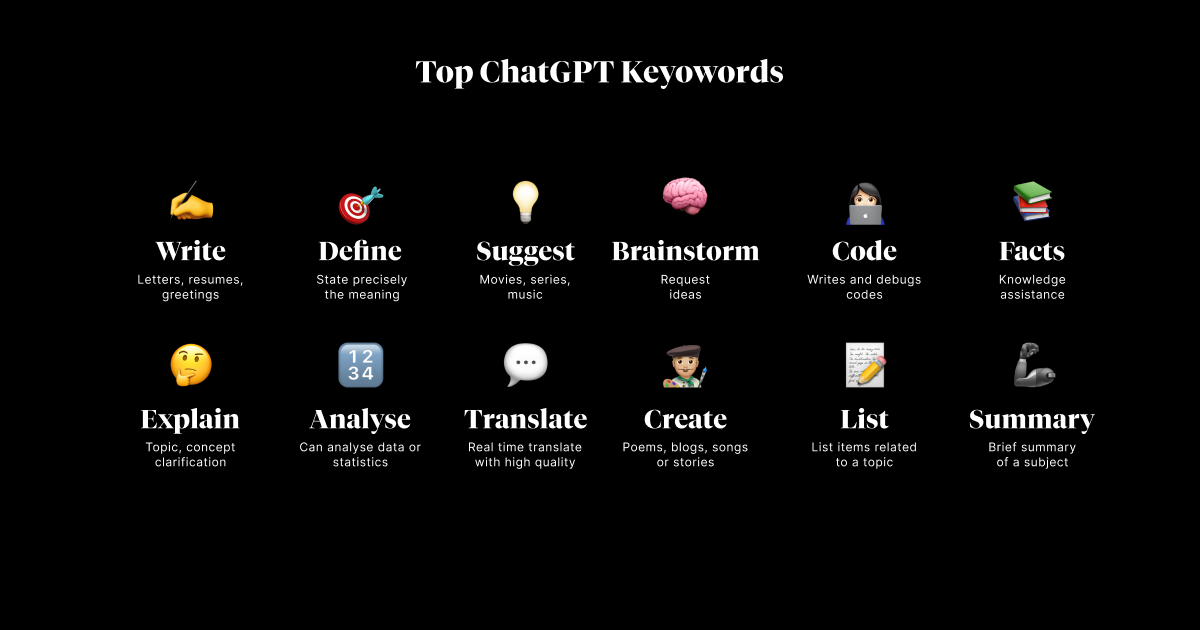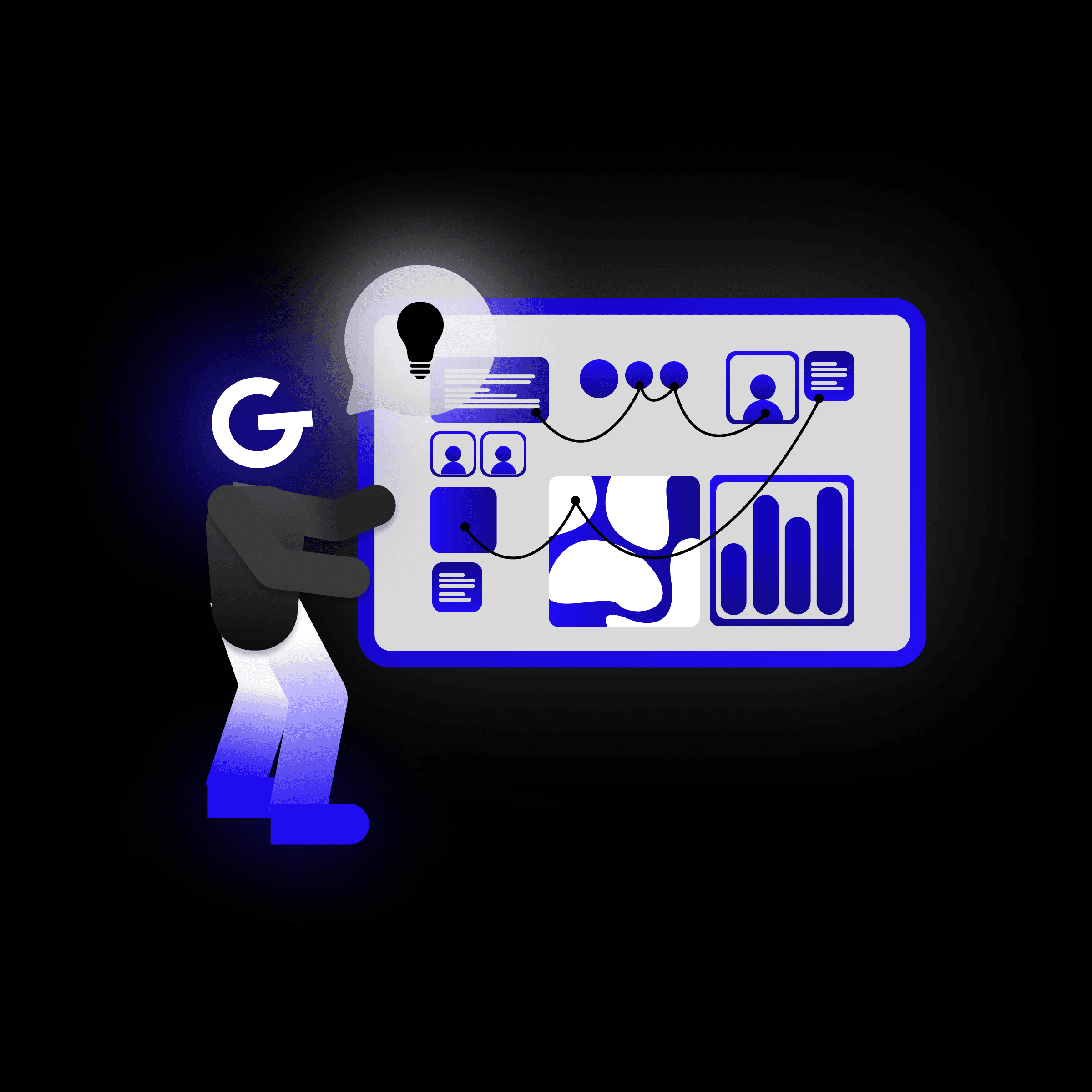
How to build AI solutions that deliver 10× more value for your business

AI, machine learning, ChatGPT - these are some of the most popular buzzwords in the world of technology, and for good reason. With the emergence of chatgpt, many once-fantastical technological innovations have become a reality. In this article, we'll explore what AI is, how it operates, the different types of AI, and its various applications. We'll also discuss how GoodRequest uses AI to its advantage, as well as some of the most promising AI tools available in the IT industry. Finally, we'll take a brief glimpse into the future of AI.


Artificial Intelligence (AI) is a revolutionary approach to computer science that aims to enable machines to reason, learn, and adapt to new information in a manner that is akin to human intelligence. This is achieved through the analysis of cognitive processes and the study of patterns in the human brain. Essentially, AI involves the simulation of human intelligence in machines, which are programmed to think and act like humans. The end goal of AI is to create machines that are capable of performing tasks that would normally require human-level intelligence, in wide range of industries and fields, from healthcare and finance to transportation and manufacturing.
AI systems combine vast amounts of data and employ intelligent algorithms to detect patterns and features in the data they analyze. After each round of data processing, AI systems test and measure their performance and use the results to gain additional expertise.
The ability of AI systems to work continuously without rest allows them to process hundreds, thousands, or even millions of tasks quickly, enabling them to learn and develop proficiency in a short amount of time.
AI can be divided into four types based on their capabilities and functionalities: Reactive, Limited Memory, Theory of Mind, and Self-Aware.

A type of artificial intelligence system that can only react to the current situation it is presented with and cannot learn from past experiences. Examples:
A type of AI that can learn from past experience and update itself but only within a limited context. The length of memory is relatively short.
Examples:
The AI fully adaptive and have an extensive ability to learn and retain past experiences. AI refers to the ability of AI to understand human emotions, beliefs, and desires, and use that understanding to interact with people in a more natural and intuitive way. These AI are not self-aware and are still highly theoretical.
Fact: To find out if the AI belongs to this category, it should pass the Turing test - fool a person into believing the AI was a human being.
Possible examples:
The most advanced type of artificial intelligence is yet purely theoretical and has not yet been developed. AI is aware of its own existence, emotions, as well as the emotions of others. AI has desires, needs, and emotions and the level of consciousness and intelligence are similar to human beings.
Movie-based examples:

Artificial intelligence (AI) is a rapidly evolving field that has the potential to revolutionize probably every industry. From agriculture to health or finance, AI is being used to enhance productivity, improve efficiency, and drive new innovations. We will look into industries GoodRequst focuses on and can use AI to its advantage.
The fintech industry is experiencing a significant transformation due to the integration of Artificial Intelligence (AI) technology. AI has the potential to automate many of the tedious, manual tasks involved in financial operations, freeing up time for more strategic activities.
Some of the possible use cases of AI in the fintech industry include:
AI enables e-commerce companies to offer more personalized, efficient, and effective shopping experiences to their customers. Here are some ways in which AI is being used in e-commerce:
AI is increasingly being used in the health and fitness industry to help people achieve their fitness goals, monitor their health, and improve patient lives. Some of the possible use cases of AI in health and fitness.
There are countless benefits of Artificial intelligence (AI) across various industries. Let's have a look at the general benefits of AI:
AI has become an essential tool for the IT community, helping professionals to automate their work and improve their overall productivity. It's no different in our case, here are some practical uses of AI for the IT community, including UX designers, mobile and web developers, and business.
(AI) is already being used in the product and user experience design to improve the design process and create more effective and user-friendly products that meet the needs and expectations of their users. Furthermore, AI can also assist designers with content creation by generating images, copywriting, videos, and other media elements. AI algorithms can analyze existing content, learn from it, and generate new content that aligns with the brand's style and messaging.
There are many AI tools that make designers’ life easier and helps them to create more personalized and engaging experiences, as well as makes their daily work more effective. If a designer works in Figma, he should know about many AI-powered plugins he can use.
Companies that choose to adopt artificial intelligence (AI) have the potential to gain a strong strategic advantage. Businesses can open up new opportunities today to transform their existing technologies and processes so that they can grow, rather than fall behind, be forced to catch up or become obsolete.
For example, ChatGPT alone can be used for a wide range of research, such as market and industry trends, competitor services, or other important business information.
AI tools can also generate marketing and sales copy that is tailored to your and clients' needs. This will free up your sales & marketing teams’ time to focus on more important and many times more interesting tasks.
In mobile development, artificial intelligence also has many uses. One such area may be, for example, the creation of documentation, which can be difficult to write. However, just by using the ChatGPT tool, you can easily create comprehensive documentation for your libraries, including explanations of how they work, how to use them, and any special requirements that users should be made aware of.
AI can also be used for code review. When multiple developers are working together, it's essential to review each other's code to make sure it's bug-free and follows best practices. However, when working with complex and asynchronous code, it provides a good code analysis to make sure all flows are covered. In addition, whenever you're dealing with an algorithm, ChatGPT helps you optimize it by making your code more efficient.
You can also use AI to write scripts in languages you don't use often. Whether you need to automate a task, analyze data, or perform another function, ChatGPT can help you quickly create scripts in Python, Java, Ruby, and more. Just describe what you want the script to do, and ChatGPT will generate the code for you.
Artificial intelligence has of course many other uses in development, but we will discuss these in more detail in future articles.
Will superintelligent machines cause massive unemployment by replacing human jobs, especially in IT? Should we be concerned about the future of our careers? Furthermore, are there potential scenarios where machines could enslave or eradicate humanity, or where AI-enhanced robots could become a threat to our existence?
What we know is, Artificial intelligence is shaping the future of humanity across nearly every industry. At GoodRequest, we believe that if AI is implemented responsibly, it can benefit society in every department. It can save lives, make our work more effective and productive, save us the time we can rather spend with our children, or boost our career progress. To achieve all this, we need to learn more about AI and apply that knowledge to our daily life as early as possible. As someone on LinkedIn said, “Only designers not using AI will lose jobs because of AI”
As we’ve shown, artificial intelligence has myriad uses in a variety of fields. But how do you get started using it to your advantage? In our experience, the constantly mentioned ChatGPT is a good place to start. However, to be able to make your work more efficient and your life easier thanks to this tool, you need to learn how to write prompts in a meaningful way. Writing the perfect ChatGPT prompt is key to getting the most accurate and helpful answers from the AI model. Here are 4 essential tips to help you write a great ChatGPT prompt:
If you don't know what keywords to start your prompts with, here are a few useful ones to get you started: brainstorm, write, define, code, design, explain, analyze, summarize.

💡 While technology is becoming increasingly intelligent, we recommend that you still validate answers generated by ChatGPT. The platform relies on the internet as a source of information, which can lead to inaccurate answers, particularly if there is a lot of incorrect information about a specific topic.
Good luck on your journey of discovery and coexistence with artificial intelligence.






